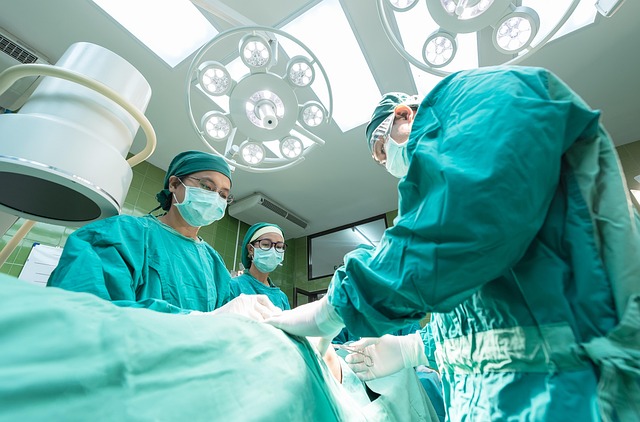Revolutionizing Healthcare: The Impact of Medical Robotics on Technological and Health Innovations
In a world where technology continually evolves, the integration of medical robotics is transforming the landscape of healthcare, ushering in a new era of precision, efficiency, and compassionate care. Imagine a surgical theater where robots assist surgeons with unparalleled accuracy, or a rehabilitation center equipped with robotic exoskeletons that help patients regain mobility. This vision not only captivates but also promises to redefine patient experiences and outcomes.
Technological Innovations
The rise of medical robotics marks a pivotal moment in technological innovations. Robotic systems are designed to perform complex tasks, often with enhanced capability compared to traditional methods. Surgical robots, like the well-known da Vinci Surgical System, empower surgeons to conduct intricate procedures through minimal incisions, reducing recovery times significantly. The precision afforded by these machines minimizes human error, ensuring that every movement is calculated and deliberate.
Furthermore, advancements in artificial intelligence (AI) are enabling these robots to learn from countless procedures, refining their techniques and expanding their applications in real-time. This infusion of AI not only augments the surgeon’s abilities but finally aligns with the vision of personalized medicine, catering to the unique needs of every patient.
Health Innovations
The implications of medical robotics extend beyond the operating room, infiltrating various sectors of healthcare. Robotic rehabilitation devices are revolutionizing physical therapy. By providing tailored support, these machines can adapt to individual patient needs—offering encouragement and motivation while tracking progress with unmatched precision. The emotional relief for patients who once felt resigned to their limitations cannot be overstated, as they experience renewed hope and possibilities through robotic assistance.
In addition, telepresence robots are enhancing remote healthcare delivery, bridging geographical gaps that have long hindered access to quality care. Patients in rural areas can now consult specialists without the burden of travel. The incorporation of robotics in telehealth not only improves access but also ensures that patients receive timely and expert care, regardless of where they are located.
As we navigate this pivotal moment in healthcare, the conversation surrounding medical robotics is more than just technical jargon—it’s about the people whose lives will be profoundly affected. From increased precision in surgeries to innovative rehabilitation methods and greater accessibility in healthcare, the impact is both vast and deeply personal.
By embracing these innovations, we are not merely recognizing the advancements of technology; we are also acknowledging a future where healthcare is more humane, efficient, and patient-centered. The journey of medical robotics has just begun, and its potential to revolutionize healthcare is limited only by our imagination and commitment to advance the field for the betterment of all.




